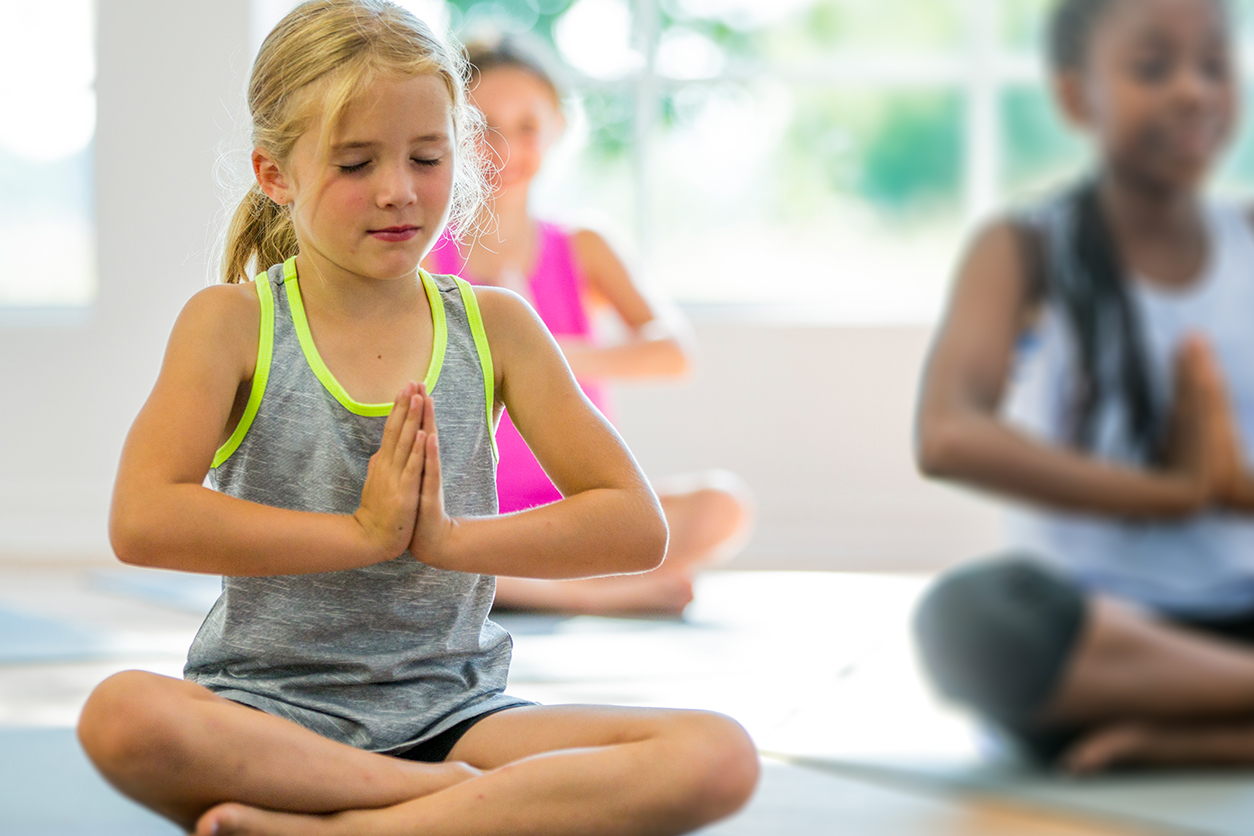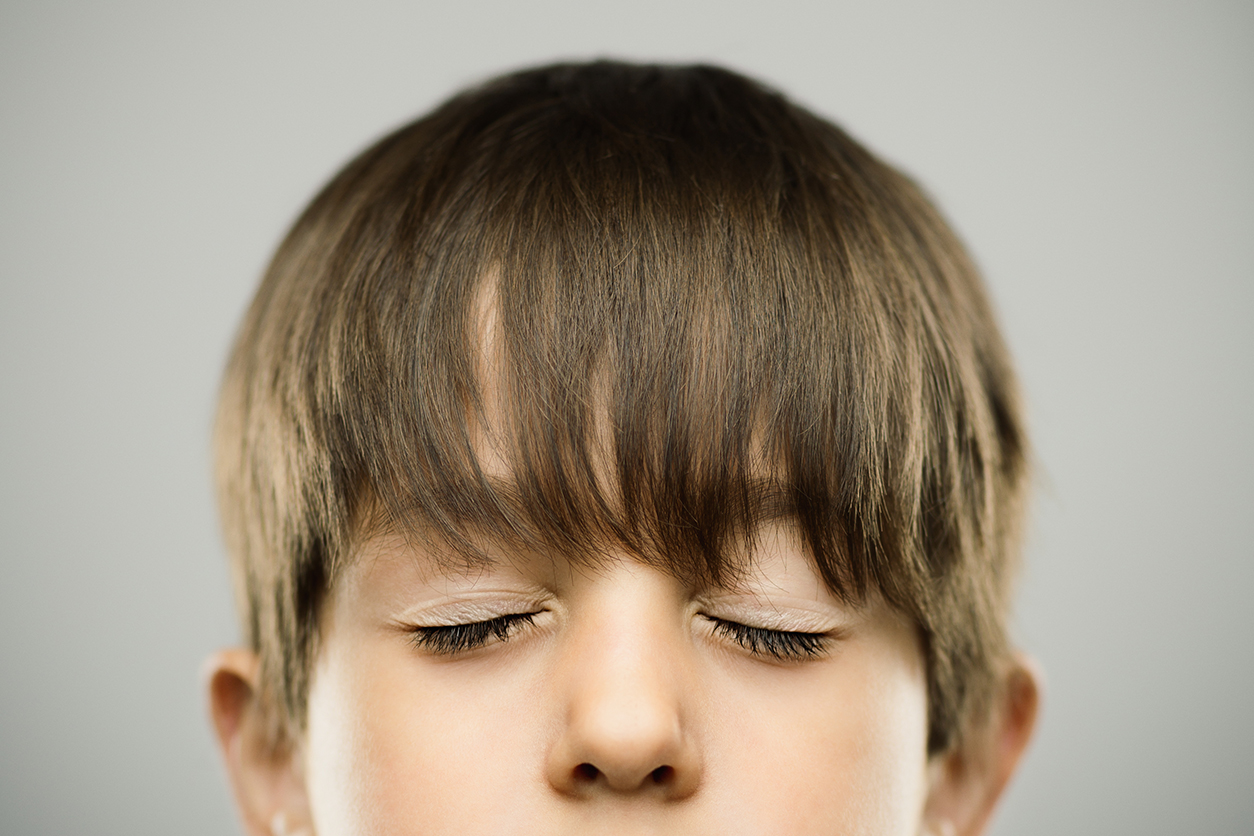ARTICLE
The Rise of Wellbeing in Schools
Across the United Kingdom, schools are taking action to support the mental health of their students. Some are offering pastoral support and trained counsellors, others are providing quiet spaces where children can go to take time out. Some even offer yoga, mindfulness or meditation as part of the daily assembly.

It’s easy to see why emotional wellbeing is being shifted to the top of the agenda in many schools. A recent NHS survey showed that one in eight children aged 5 to 19 had a diagnosable mental health condition. This included emotional disorders such as anxiety and depression, behavioural disorders relating to violent or disruptive behaviour, as well as hyperactivity. Young people aged 17 to 19 were three times more likely to have a diagnosable mental health condition than pre-school children aged 2 to 4.
Schools across the UK are beginning to recognise mindfulness as a powerful, accessible and cost-effective way of helping young people to control their thoughts and emotions. Mindfulness, as part of the school day, can help young minds to develop the skill of “observing” thoughts rather than rising to immediate emotional reactions and to recognise thought patterns and feelings that may not be helpful.
The Mental Health Foundation has launched a campaign called Make It Count which focuses on emotional wellbeing in schools. This project encourages teachers and students to embrace a “whole school” approach to training and support in mental health issues as well as teaching young people to talk about emotional wellbeing and to deal with stress.

A culture of wellbeing is also emerging in other aspects of school life. The spaces in which we teach and learn are beginning to evolve too. Classrooms are now designed to include spaces suitable for children with different learning styles and additional needs. Many learning environments now have integrated sensory spaces, with calming lighting and audio, designed to provide a sanctuary away from the hustle and bustle of a busy school day. Colour is being increasingly used to “wake up” or “cool down” learning spaces and create signposting for different zones in the classroom.
The rigid Victorian teaching method of sitting children in straight rows with a teacher at the front of the classroom is starting to give way to more practical, collaborative teaching methods, designed to encourage problem-solving, independent thinking and teamwork.
Yes, mindfulness can help young people to manage stress, but it is just as important to design our schools in such a way that stressful situations are minimised for both pupils and teachers.
START MY DESIGN
If you’d like our Design Studio to create no obligation design for a space in your school, please fill in your contact details below…

